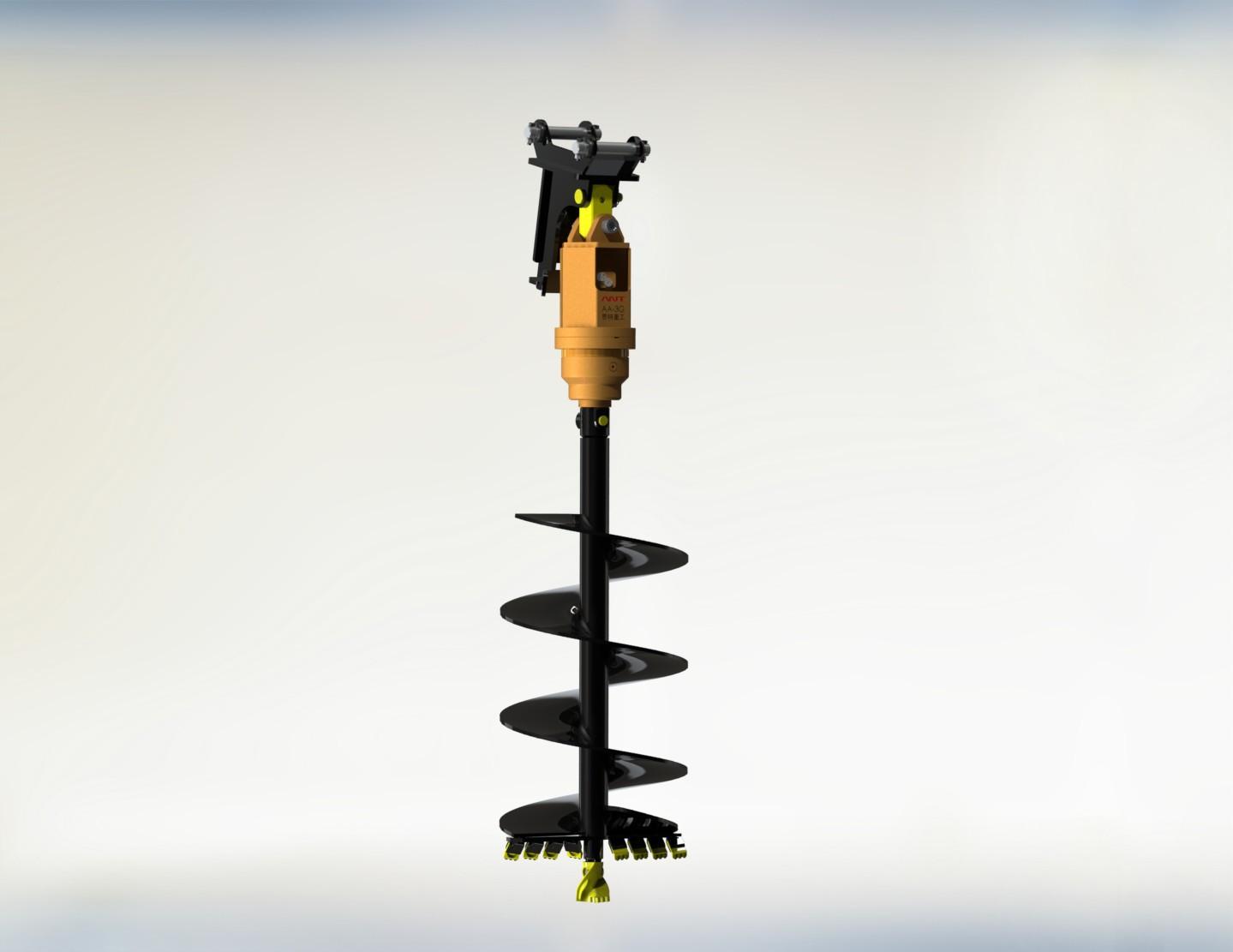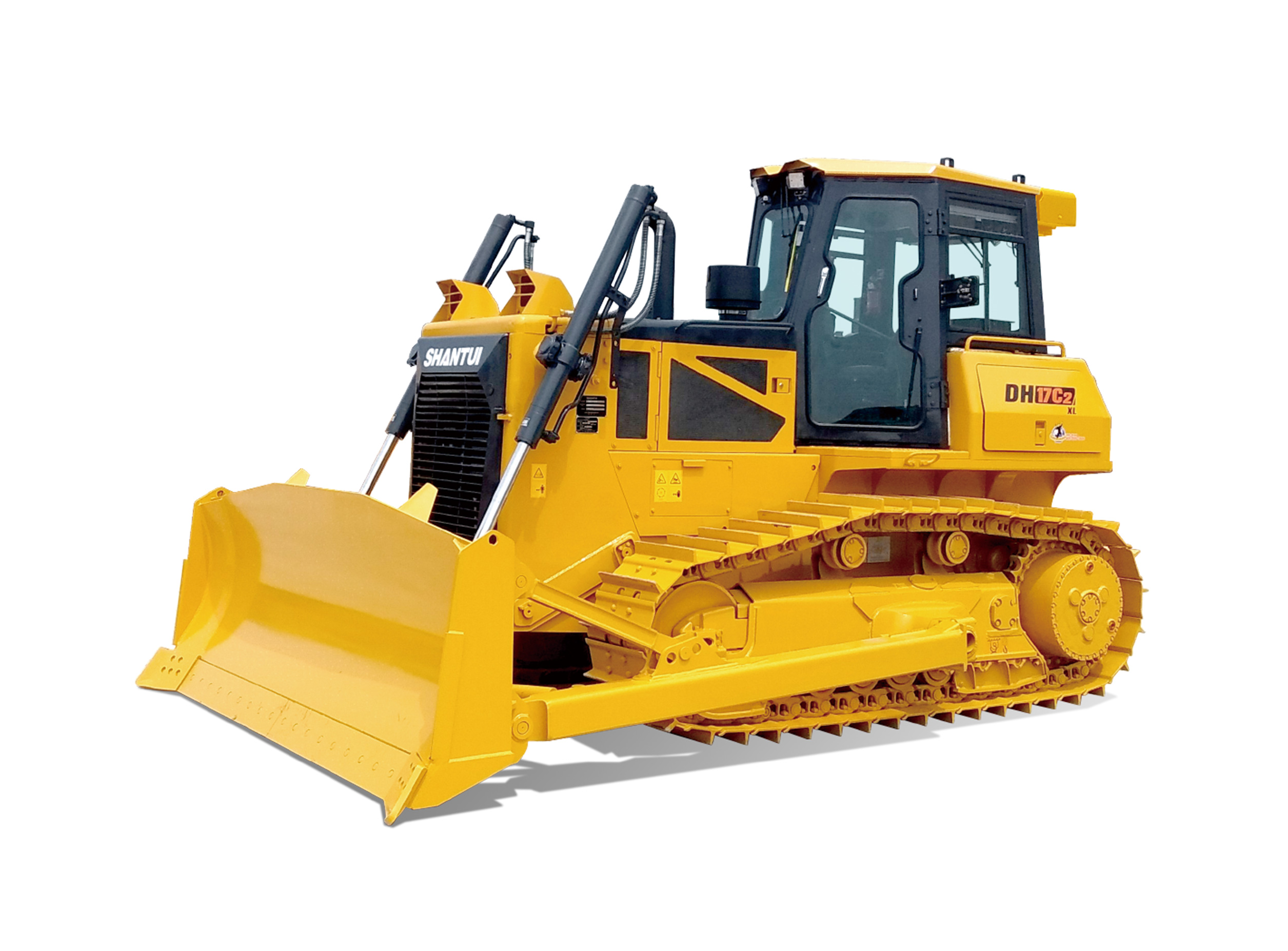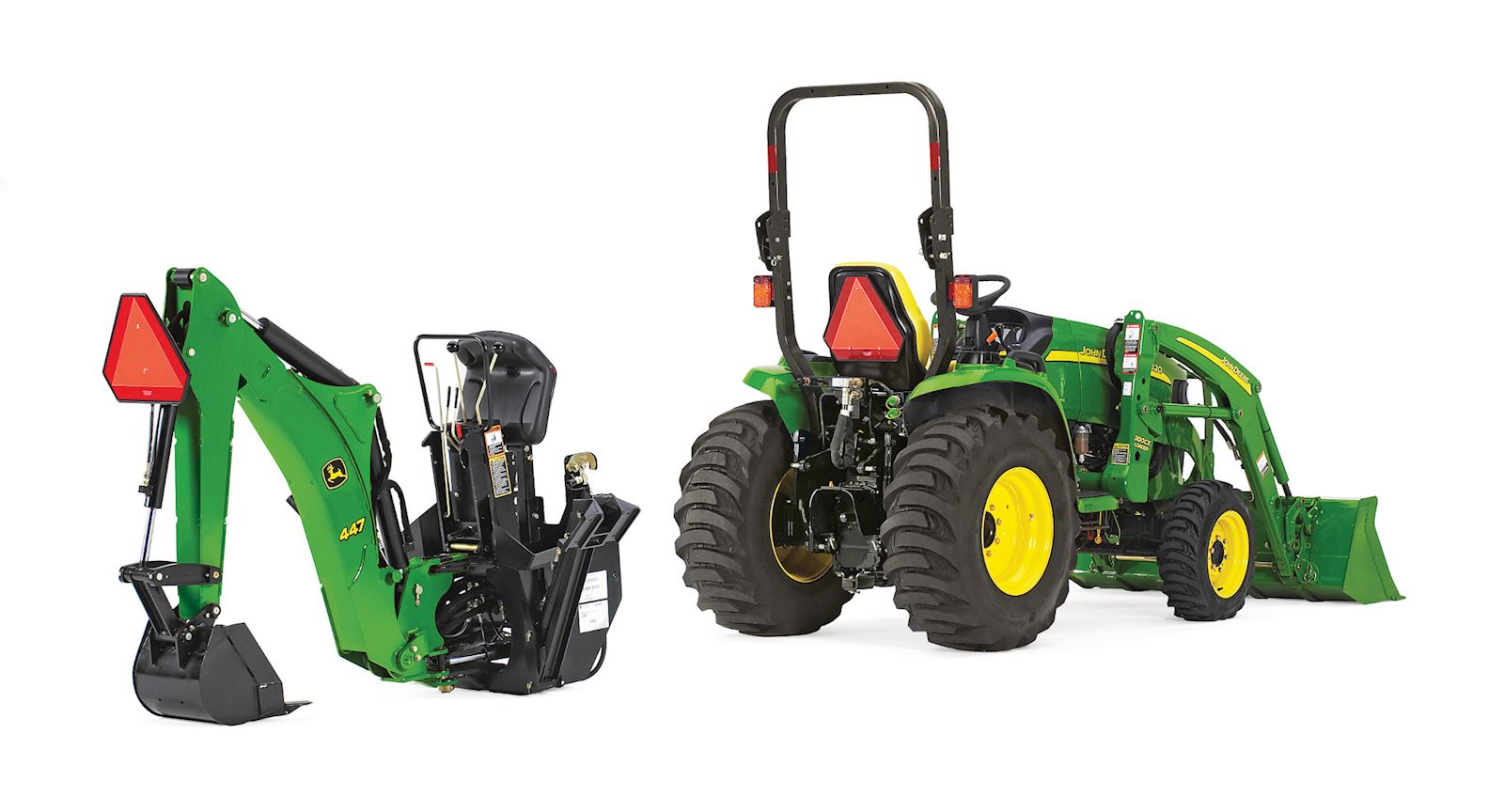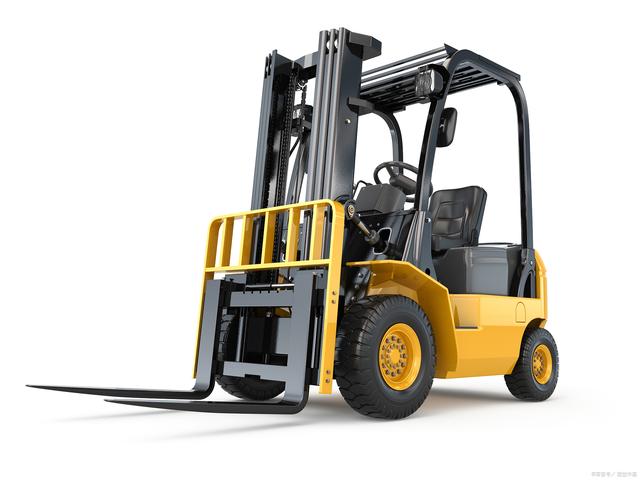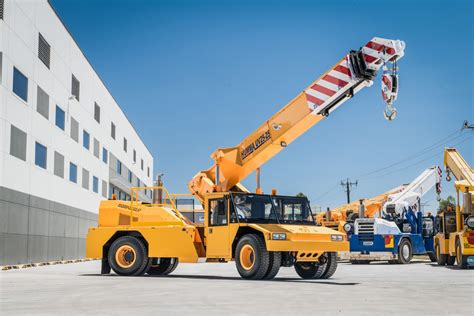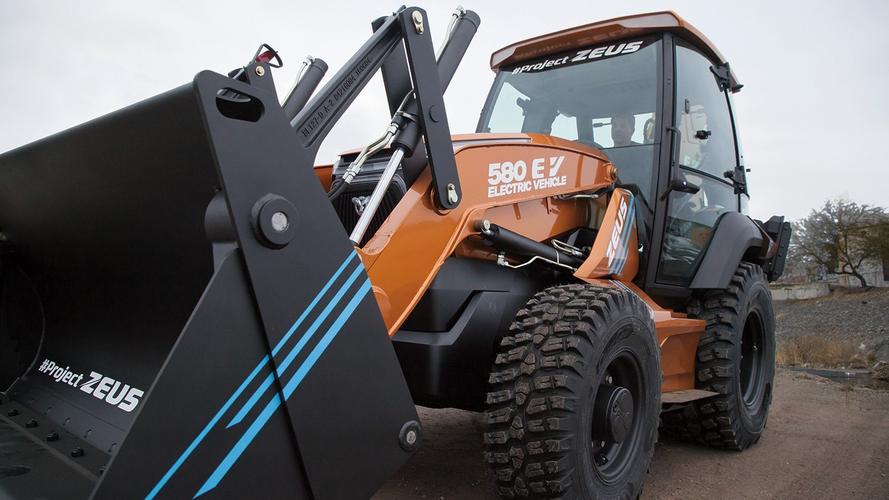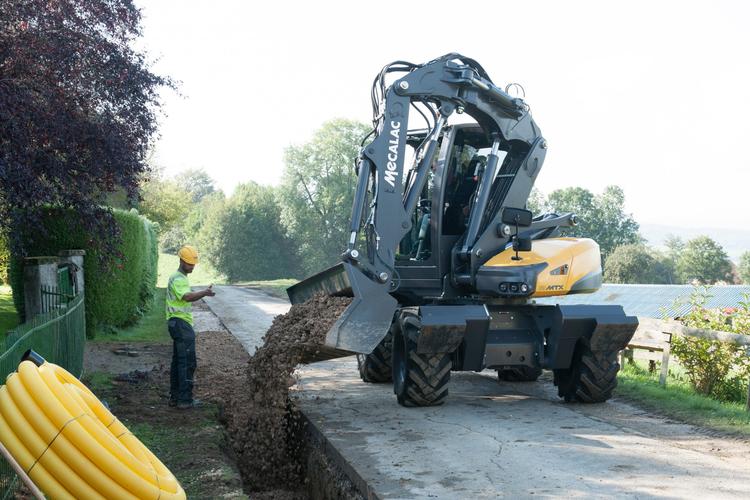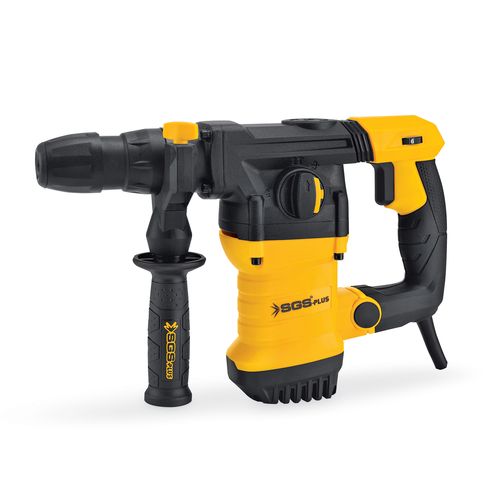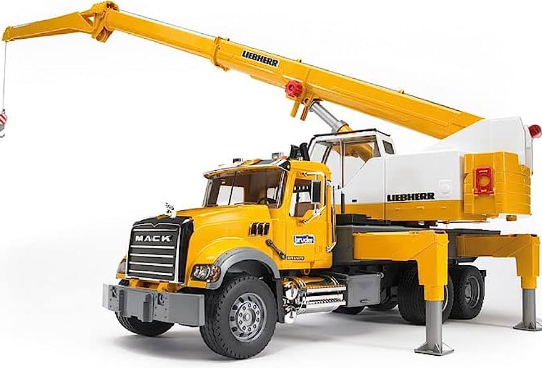Understanding Hydrostatic Systems on Tractors
Hydrostatic systems are commonly used in tractors and other heavy-duty vehicles to ensure optimum performance and efficiency. If you are a farmer or any other individual who has ever used a tractor, you have probably come across the term hydrostatic. So, what does it mean?
Hydrostatic Meaning on a Tractor
Hydrostatic is a term used to describe the operation of hydraulic systems that use a high-pressure fluid to transmit power. In a tractor, the hydrostatic system works by transferring power to the wheels or other machinery using hydraulic pumps and motors. This means that instead of using gears to control speed and direction like a conventional transmission, the hydrostatic transmission uses fluid pressure to offer a smooth, continuous response that is ideal for heavy equipment such as tractors.
Advantages of Hydrostatic Tractors
The use of hydrostatic systems in tractors has several advantages over the traditional mechanically-geared systems. For starters, hydrostatic transmissions are smoother and quieter. This means there is less wear and tear on the machine, resulting in a longer service life. Also, hydrostatic tractors are easier to maneuver, especially in tight corners and small spaces. Additionally, hydrostatic transmissions regulate engine speed and torque more efficiently, resulting in fuel savings and lower emissions, a crucial aspect in the modern world where environmental conservation is a priority.
Hydrostatic System Components
Hydrostatic tractor systems have several components that work together to create the seamless and continuous power transmission that sets them apart from traditional power transmissions. These components include:
- Hydraulic pumps that convert engine power into hydraulic pressure
- Hydraulic motors that convert hydraulic pressure into rotational power
- A hydrostatic transmission unit that helps control speed and direction seamlessly
- Filters and coolers that help maintain fluid temperature and cleanliness to ensure optimal performance and longevity
Maintenance of Hydrostatic Systems
Proper maintenance is crucial to the optimal performance and longevity of hydrostatic systems on tractors. Some of the recommended maintenance practices include:
- Regular fluid changes to maintain fluid cleanliness and prevent contamination
- Inspection of lines, pumps, and motors for signs of wear and damage
- Periodic replacement of filters and cooling systems as recommended by the manufacturer
- Following recommended procedures for handling fluids and lubricants to avoid contamination
In conclusion, hydrostatic systems are the future of tractors and other heavy-duty equipment. They offer a seamless and continuous power transmission that is ideal for heavy loads and tough terrain. Knowing how these systems work, and implementing the recommended maintenance practices, results in increased efficiency, reduced downtime, and longer life span of your tractor.

